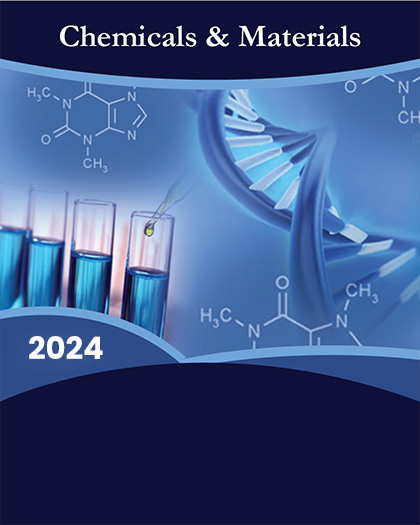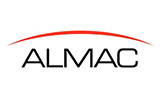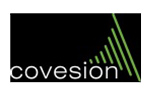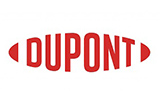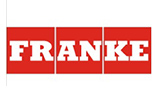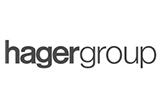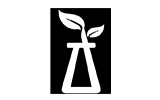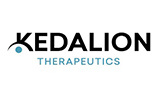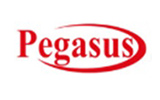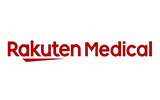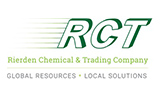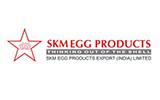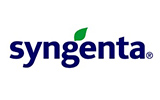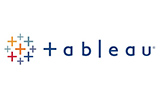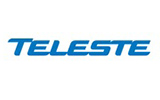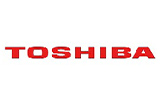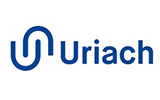
The Global Transparent Polyamides Market is valued at approximately USD 25.2 million in 2023 and is projected to ascend to USD 33.17 million by 2032, with a compound annual growth rate (CAGR) of 3.10% during the forecast period. Transparent polyamides are an innovative class of high-performance materials that combine strength, flexibility, and optical clarity. These properties render them indispensable across multiple applications, including automotive, healthcare, and consumer goods. The market's evolution is underpinned by technological advancements in polymerization processes and the rising demand for lightweight yet durable materials. Transparent polyamides exhibit superior resistance to chemicals and UV exposure, further enhancing their appeal in critical end-use industries.
Market growth is driven by an array of factors, including the burgeoning demand for eco-friendly and sustainable materials. Innovations in bio-based polyamides are gaining traction as manufacturers aim to align with environmental regulations and meet the surging consumer preference for sustainable solutions. The automotive sector remains a pivotal contributor, leveraging transparent polyamides for lightweight components that improve fuel efficiency and performance. However, challenges such as high production costs and the availability of alternative materials could pose obstacles to market expansion. Nevertheless, increased investments in R&D and the adoption of cutting-edge manufacturing techniques are expected to mitigate these challenges.
Regionally, Europe currently dominates the Global Transparent Polyamides Market, benefitting from a strong automotive base and well-established regulations favoring sustainable materials. North America follows suit, driven by significant demand in the healthcare and packaging sectors. Meanwhile, the Asia-Pacific region is anticipated to experience the fastest growth during the forecast period. Rapid industrialization, coupled with the increasing use of high-performance polymers in countries such as China, India, and Japan, underpins this regional surge. Emerging markets in Latin America and the Middle East & Africa are also witnessing heightened activity, supported by infrastructure growth and expanding end-use applications.
Technological advancements are reshaping the competitive landscape of the transparent polyamides market. Manufacturers are exploring novel blends and formulations to enhance the mechanical and optical properties of these polymers. These advancements facilitate broader applications, from automotive glazing to medical devices, fostering innovation and growth across industries. Furthermore, strategic collaborations between industry leaders and research institutions are accelerating the development of bio-based and recyclable alternatives, aligning the market with global sustainability goals.
Major market players included in this report are:
BASF SE
Evonik Industries
Arkema
EMS-Chemie Holding AG
Mitsubishi Chemical Corporation
DuPont de Nemours, Inc.
Koninklijke DSM N.V.
Solvay S.A.
Kuraray Co., Ltd.
Lanxess AG
SABIC
Asahi Kasei Corporation
Toray Industries, Inc.
Radici Group
Covestro AG
The detailed segments and sub-segment of the market are explained below:
By Type:
Polyamide 6
Polyamide 66
Polyamide 12
Bio-based Polyamide
Others
By End-Use Industry:
Automotive
Electrical & Electronics
Healthcare
Consumer Goods
Packaging
Sports & Leisure
Others
By Region:
North America
U.S.
Canada
Europe
UK
Germany
France
Spain
Italy
ROE
Asia-Pacific
China
India
Japan
Australia
South Korea
RoAPAC
Latin America
Brazil
Mexico
Rest of Latin America
Middle East & Africa
Saudi Arabia
South Africa
RoMEA
Years considered for the study are as follows:
Historical year - 2022
Base year - 2023
Forecast period - 2024 to 2032
Key Takeaways:
Market Estimates & Forecast for 10 years from 2022 to 2032.
Annualized revenues and regional level analysis for each market segment.
Detailed analysis of geographical landscape with Country level analysis of major regions.
Competitive landscape with information on major players in the market.
Analysis of key business strategies and recommendations on future market approach.
Analysis of competitive structure of the market.
Demand side and supply side analysis of the market.

